Pineapple apricot: history of origin, description and useful properties
Apricot is one of man's favorite trees, and for some peoples it has become a cultural tradition. For example, in Armenia it is just a cult tree, even the national flag is partially dedicated to it: the orange stripe symbolizes the color of the apricot.
Content:
- History and virtues
- Description of pineapple apricot
- Useful properties of pineapple apricot
- About the surprises of his bones
History and virtues
It is distinguished by such properties as:
- Lack of exactingness to the conditions in which to grow.
- Unpretentiousness to the soil.
- Cold resistance.
- Good "immunity" to common apricot diseases (clotterosporia, moniliosis).
- Annual yield.
That is, it is not a tree, but a dream of the owner of a land plot, that he wants to enjoy working on it without taking a "gardening course" and spending all his free time only on work. plant care.
Description of pineapple apricot
The trees of this apricot variety are medium-sized and have a spreading crown of a round shape, requiring regular careful pruning.
Failure to comply with the last condition will lead to the fact that there will be an excessive amount of fruit ovary on the tree and there will be few fruits left to ripen, and even then small ones. This "pineapple" loves light and should not be planted in such a way that taller plants would shade it. Gardeners recommend prune the tree like thisso that a sparse layer is formed from its crown.
Botanical features:
- Such an apricot is moisture-loving and its generous watering, especially in spring and autumn, increases the productivity of a fruitful tree.
- He himself is not very "green", but his decorativeness at the time of flowering is simply mesmerizing - the flowers have medium-sized white petals with pink veins, and even falling off, leave admiring glances.
- A tree of such an apricot will give its first fruits already in the third or fourth year after planting the seedling, and the period of their ripening falls on the end of July. From an adult tree, you can get an average of 50 kilograms of harvest.
- The fruit of the plant is large - its weight in grams is about 40 (plus or minus 5, as a rule), in the form of a large yellow fruit with a barely noticeable "blush".
- The palatability of the sunny yellow pulp is incredible, which is easily separated from the stone - juiciness, a combination of sour and sweet, the most pleasant aroma... This allows it to be eaten both as a fresh fruit and as a processed product in the form of juice, jam, compote or jam.
- Pineapple apricot ripens unevenly, so its fruits are harvested not at the same time, but in stages, as they ripen and not allowing them to quickly fall off and deteriorate.
- Another feature is that if you are not going to eat the fruit "here and now," but, say, take it as a gift or sell it, then it is better to pick it from the tree when it is not overripe and still firm.
- In mass plantings, it does not require much attention from a person due to its undemanding attitude to agriculture.
Useful properties of pineapple apricot
The chemical composition of the pineapple apricot pulp makes them not only tasty, but also nutritionally beneficial for humans.
So, it contains:
- Sugar - 4 to 27 percent, with sucrose dominating in ripe apricots.
- Polysaccharides (for example, starch and dextrin) that remove harmful metabolic products (cholesterol, in particular) from the body.
- Acids (organic, such as malic).
- Fiber, as well as dietary fiber, useful for the digestive tract.
- Pectin substances.
In addition, such an apricot contains whole "deposits" of carotene (provitamin A), which is especially necessary for children.
There are other vitamins (C, PP, B1, etc.), as well as phosphorus, potassium and other mineral substances (while a characteristic feature of apricot is that dried fruits contain 5 times more of them than fresh fruits). There are also trace elements (iodine, iron) in the fruits of this tree. The fruits also contain tannins (hence the astringency and slightly astringent taste of apricot), have an antibiotic effect.
About seed surprises
In addition to fruits, apricot seeds are widely used - from them oil is obtained (the percentage of content is from 35 to 60), which is used in perfumery, cosmetics and even medicine.
This oil's success is due to:
- Its specific chemical composition.
- Slight acidity.
- Barely noticeable viscosity.
However, the bones also contain a threat, namely hydrocyanic acid, which can paralyze the respiratory centers of a person and thereby cause his death.
In this regard, in no case can one treat yourself by eating bones, and a "dose" of more than 20 pieces is generally prohibited by doctors. During its cultivation, this tree fell in love with everyone - both gardeners and simply lovers of delicious fruits... And the nutritional value and even the healing properties of the fruits of this apricot made it a common favorite.




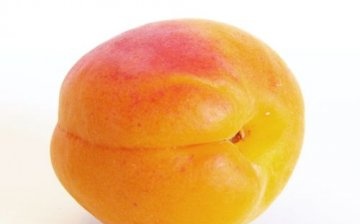
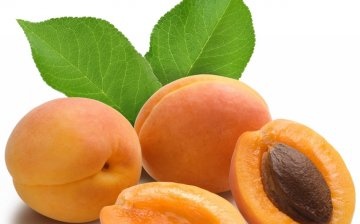
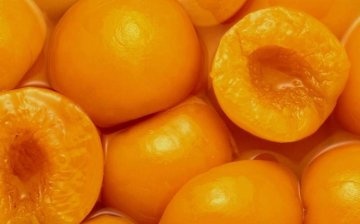
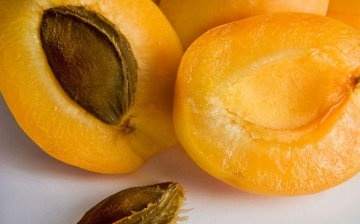







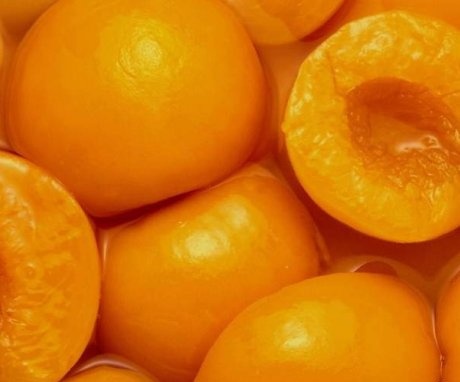
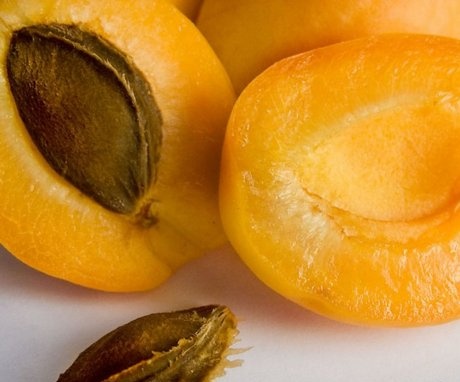
Pineapple apricot is good for everyone, but only it does not bear fruit abundantly every year.
In general, I love apricots and this species is no exception, we have one apricot, but we never cut it off especially, only dried branches, or those that were broken by the wind.